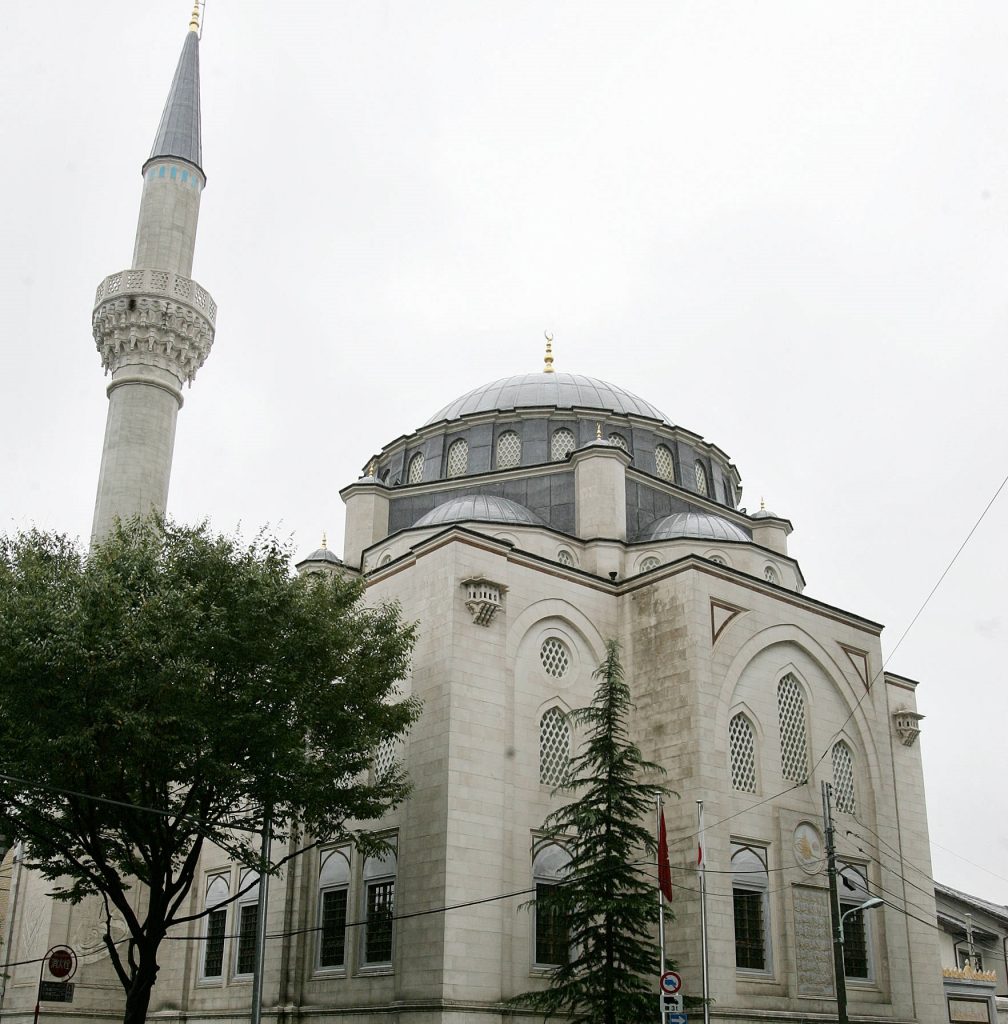
- ARAB NEWS
- 04 Jul 2025

Saudi Arabia’s King Faisal Center for Islamic Research and Studies (KFCRIS) hosted an online lecture “Japan as a Savior of a Muslim World: Transnational Nationalism and Empire 1900-1945” on June 7.
The lecture was moderated by the Head of Asian Studies Program at the center, Mohammed Al-Sudair, and the speaker was Professor Emeritus at Bogazici University Ayşe Selçuk Esenbel.
Esenbel explored how a segment of Japanese nationalists depicted themselves as saviors to the world’s Muslims prior to World War II. They sought to co-opt them as allies to Japan’s empire against the Western powers in 1900-1945.
In the session, the Turkish professor also discussed the complexity of the intellectual and political encounter between Muslim diaspora activists and Japan’s Asianist intellectuals during the formulation of Japan’s imperial strategy.
“There is a moment where Japan is proactive in trying to inculcate a face that Japan is the special friend of the world of Islam, unlike the Western empires that exploit and oppress the Muslim people,” Esenbel told lecture attendees.
In the early 20th century, pan-Islamic transcendentalists and Muslim nationalists critical of Western colonialism flocked to Tokyo, which they chose as a political haven. According to Esenbel, Tokyo became the “Paris for political immigrants in the early 20th century.”
She also explained that the first Japanese Muslim, who is always presented as the first pilgrim, had the Muslim name of Umar Yamaoka Kotaro.
In 1909, he arrived in Saudi Arabia and met with important notables in Makkah and Madinah. Esenbel said Kotaro discussed things not only relating to Islam, but also politics. Particularly, the future of Japan’s relations with the Muslims of the world, and to form friend relations with local notables of Arabia and Japan.
The professor explained that Japanese Muslims and scholars “always tried to find connections or similarities between Islam and the esoteric religious traditions of East Asia.”
A Japanese Imam of Islam, Tanaka Ippei, specifically explored the bond between Shinto and Muslim spiritualities, which are similar in morality and personal ethics. According to Esenbel, this is the reason why it is easier for a Japanese person to convert to Islam, due to the familiar background.
In East Asia, Muslims from China, in addition to immigrants and refugees, helped form the Japanese Muslim community. They formed diaspora communities in Kobe, Tokyo and other parts of Japan’s colonial territories.
In the early 20th century, the first Japanese Muslim pilgrimages or the Hajj took place in Makkah and Madinah. Major pilgrimages by the first Japanese Muslims happened in 1910, 1924, 1934 and 1936.
According to Esenbel, Chinese nationalists at the time also organized Chinese Hajj pilgrimages to the holy cities to compete with the Japanese agenda as representing themselves as the savior of Islam.
The opening of the first mosque in Tokyo on May 12, 1938, was considered the symbol of Japan’s portrait as the savior of the Muslim world.